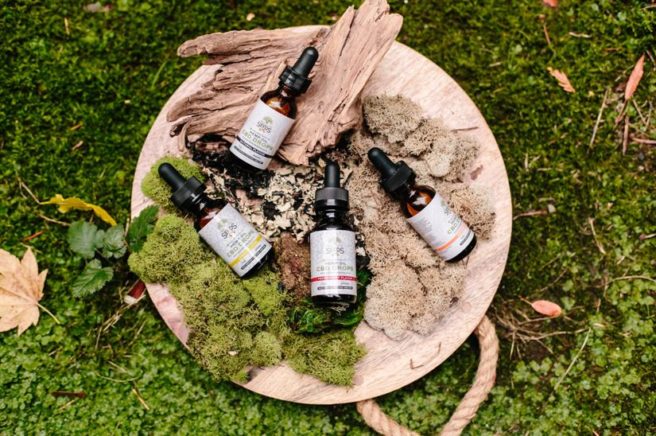
3 Things You Should Know When Buying CBD Oil
CBD oil has become a very popular supplement. This is because it is completely natural, being extracted from hemp. It is also very safe to take, offering minimal side effects and several health benefits, such as reducing pain, inflammation, stress, anxiety, and improving sleep. Since CBD oil is relatively new, there’s a lot that you might not know about it, such as how much CBD is a normal dose, or what the difference is between full spectrum and broad spectrum CBD oil. If you want to make sure you get the CBD oil that will help you the most, this short guide will help.
1. CBD Amounts
When you are looking to buy a bottle of CBD oil, pay close attention to the label. You will see two different amounts listed. The first is the mL or fluid ounces that measures the total amount of liquid in the bottle. This information does not tell you how much CBD there is, or what dose you can get from using the dropper.
The second amount will tell you the mg of CBD in the bottle. This is the level or concentration of CBD. You will typically see most CBD oil bottles have between 500 mg and 2500 mg. For example, if you take Crescent Canna’s 2000mg CBD drops, this is the high range of normal for CBD concentration.
If you check the box or label of the bottle, it should also tell you what amount of CBD you get in a full dropper. That is how you can determine how you take the dose you want. For example, a 2000 mg bottle of CBD with a 1 mL dropper will have around 66 mg dose of CBD for a normal sized bottle. If you don’t want that high of a dose, you either don’t fill the dropper the whole way or get a bottle with a lower amount of CBD.
2. Full Spectrum vs Broad Spectrum
When shopping for CBD oil, you will see there are bottles labelled as either full spectrum CBD or broad spectrum CBD. In general terms, there is not a major difference between the two. However, there are some important distinctions that you should know about.
Full spectrum CBD contains other cannabinoids, not just CBD. Cannabinoids are chemical compounds found in cannabis plants that work very similar to each other, so they are grouped in the same family. CBD is one cannabinoid, and THC is also well-known, since it is the compound in marijuana that makes you feel high. Full spectrum CBD will have most, if not all, cannabinoids to some extent. For legal reasons, CBD cannot be sold recreationally if it has more than 0.3% THC.
Broad spectrum CBD, on the other hand, may have some other cannabinoids but will exclude all THC. The process for doing this can often result in having fewer of the other cannabinoids as well. The reason why full spectrum CBD may work better is because of what is called the ‘entourage effect’, where each cannabinoid seems to work more effectively when combined with other cannabinoids than by itself. However, for ethical, legal or professional reasons, you may want to avoid having even less than 0.3% THC in your system.
3. CBD Oil vs Tincture
The final thing to make sure you check before buying any CBD oil is that it is actually CBD oil, and not a tincture. CBD tincture has mostly the same ingredients and overall effect as CBD oil, but can have some differences.
Firstly, tincture uses an alcohol base, not an oil base. This improves its bioavailability, making it easier for your body to absorb it. Secondly, CBD tinctures are often flavoured, so they taste better than oil, and may add other ingredients to supplement the effects of CBD. Generally, tinctures of the same CBD dose are not as effective as CBD oil, so if you want to get your money’s worth you may prefer to use oil over a tincture.
These are the three things you should know when you are shopping for CBD oil. Make sure you read the labels or packaging carefully so you can see what the concentration in the bottle is, whether it is full or broad spectrum, and that it is CBD oil instead of tincture.
Image: https://www.pexels.com/photo/medicine-bottles-on-green-and-brown-moss-3259600/






